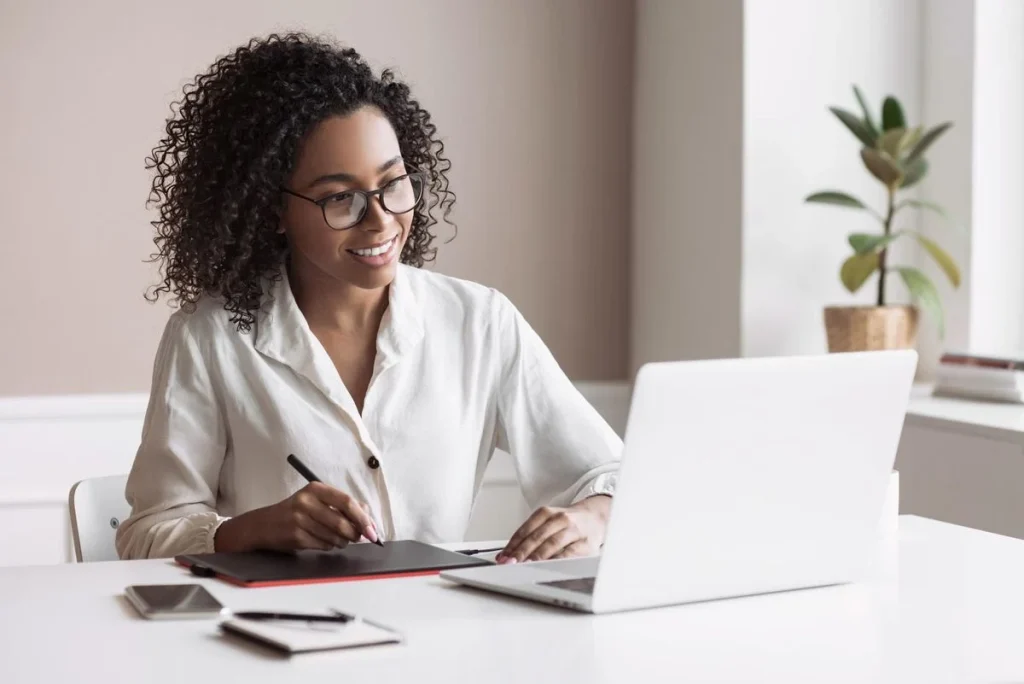The Manufacturers Association of Nigeria (MAN) has issued a frantic call to the Central Bank of Nigeria (CBN), urging the apex bank to reconsider its stance on interest rates.
The association warns that the current cost of borrowing is stifling production capacity and destroying the competitiveness of the Nigerian manufacturing sector.
The plea follows the outcome of the 303rd Monetary Policy Committee (MPC) meeting held earlier this week. While the committee voted to retain the benchmark Monetary Policy Rate (MPR) at 27 percent, manufacturers argue that the status quo is insufficient to stimulate real growth.
A “Punitive” Lending Environment
In a formal reaction to the MPC’s decision, MAN acknowledged the committee’s move to halt further rate hikes as a positive step.
However, the association insisted that the current financial landscape remains hostile to industrial growth.
Segun Ajayi-Kadir, the Director-General of MAN, described the lending environment as “punitive.”
He revealed that despite recent macroeconomic improvements, manufacturers are currently grappling with commercial borrowing costs ranging between 30 and 37 percent.
“The rate hinders production and reduces the competitiveness of the sector,” Ajayi-Kadir stated. “While the emphasis on exchange rate stability and improved forex liquidity is crucial, it is essential to reduce the cost of funds to encourage borrowing for expansion and investment.”
The MPC’s Stance
During the two-day meeting on November 24 and 25, the MPC maintained a tight grip on monetary policy to sustain the battle against inflation.
The committee cited a “continued slowdown in inflation” and an accelerated pace of disinflation as justification for holding the rates steady.
Key Decisions from the MPC Meeting:
- MPR: Retained at 27%.
- Cash Reserve Ratio (CRR): 45% for commercial banks; 16% for merchant banks.
- Liquidity Ratio: Kept at 30%.
- Asymmetric Corridor: Adjusted to +50/-450 basis points around the MPR.
Structural Bottlenecks Compounding the Crisis
MAN warned that high interest rates are not the only threat to the sector. The association highlighted that the cost of funds is exacerbating existing structural challenges.
Small and Medium Enterprises (SMEs) in the industrial cadre are particularly vulnerable, facing a “double whammy” of expensive credit and operational inefficiencies. These bottlenecks include:
- Poor Infrastructure: High logistics costs due to bad roads.
- Energy Crisis: Soaring energy costs and erratic electricity supply.
- Insecurity: Instability in agricultural and industrial zones disrupting raw material supplies.
According to MAN, these factors “cumulatively raise production costs and weaken competitiveness” in both local and international markets.
A Roadmap for Recovery
To reverse the trend, MAN has proposed a series of strategic interventions. The body is calling for a stronger “handshake” between monetary and fiscal authorities to unlock the sector’s potential.
Key Recommendations Include:
- Downward Rate Review: The CBN should lower interest rates in subsequent meetings to incentivize long-term investments, especially in capital-intensive sub-sectors.
- Fiscal Discipline: The Federal Government must scale up investments in roads, electricity, and logistics to boost supply capacity.
- Exchange Rate Stability: Closer collaboration to stabilize the naira and manage capital flight risks.
- Security: Urgent resolution of insecurity in farming belts to stabilize food output and raw material availability.
While commending the CBN for efforts to improve liquidity, MAN maintained that for these policies to translate into jobs and wealth creation, the government must seize the moment to drive credit-led growth in the real sector.
___________________























